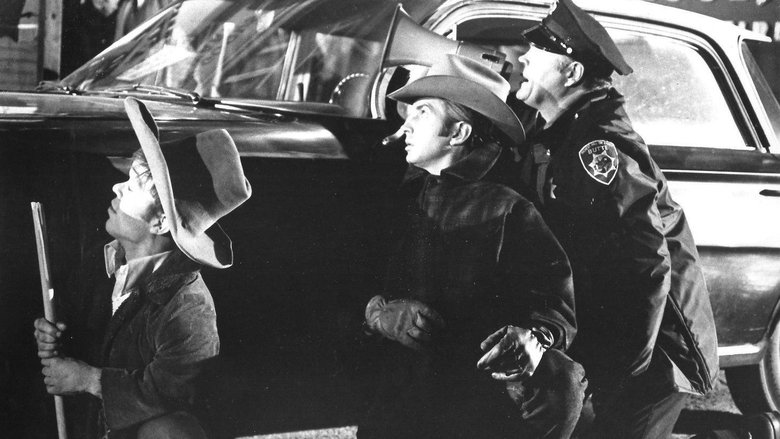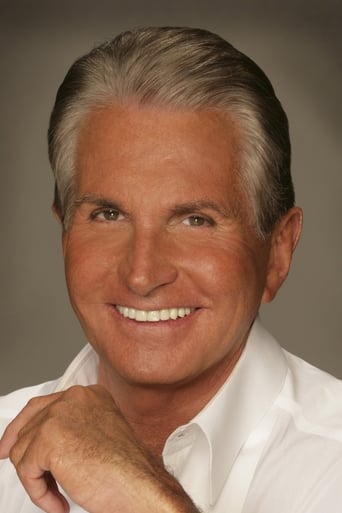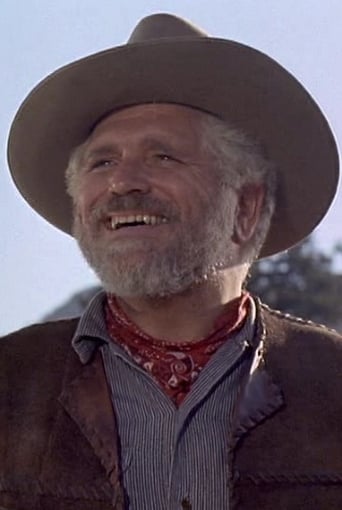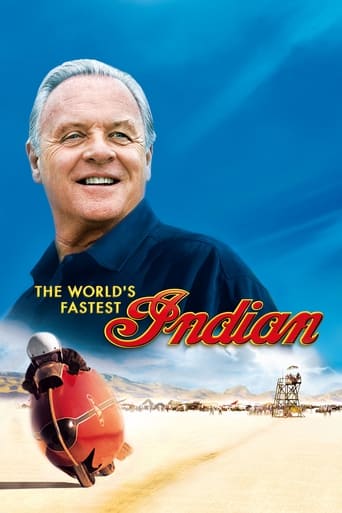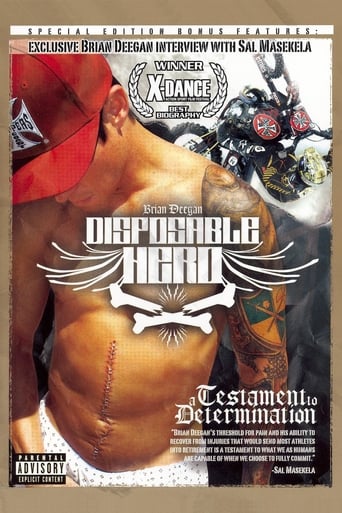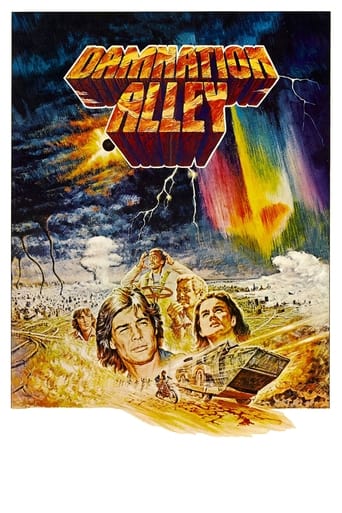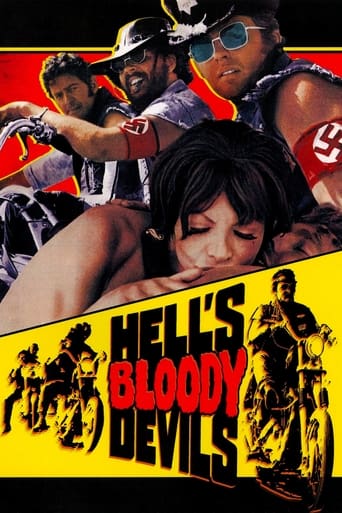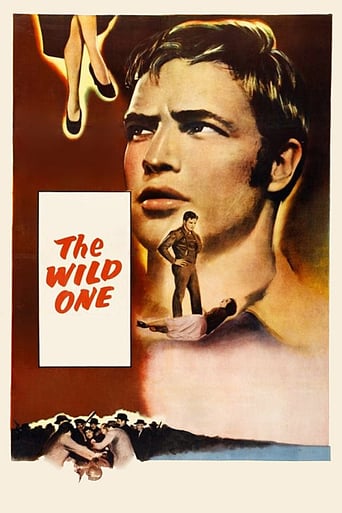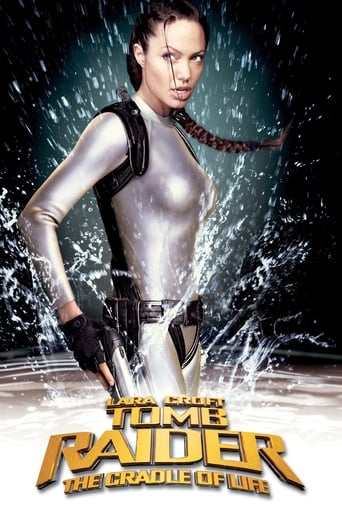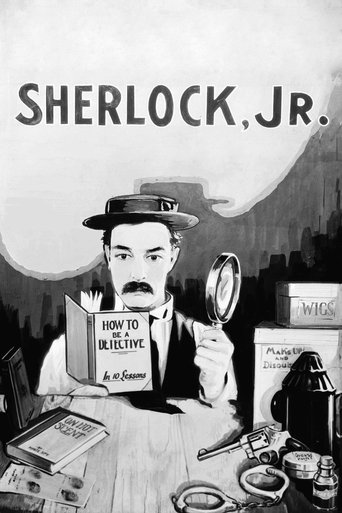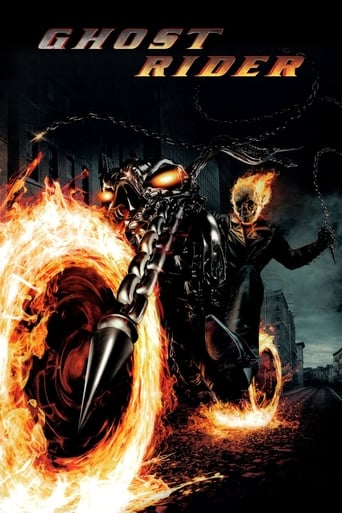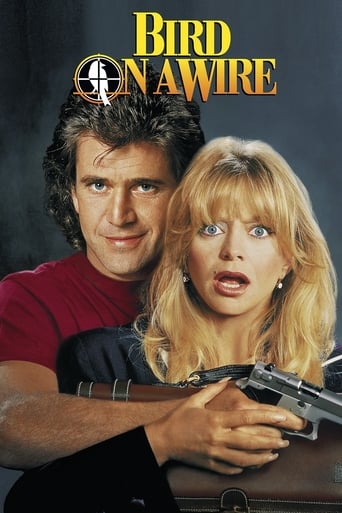Evel Knievel (1971)
Biography of the famed motorcycle daredevil, much of which was filmed in his home town of Butte, Montana. The film depicts Knievel reflecting on major events in his life just before a big jump.
Watch Trailer
Cast
Similar titles
Reviews
Better Late Then Never
The joyful confection is coated in a sparkly gloss, bright enough to gleam from the darkest, most cynical corners.
The movie's neither hopeful in contrived ways, nor hopeless in different contrived ways. Somehow it manages to be wonderful
The story, direction, characters, and writing/dialogue is akin to taking a tranquilizer shot to the neck, but everything else was so well done.
George Hamilton is looser than usual portraying 20th century phenomenon Bobby "Evel" Knievel, a young hell-raiser from Butte, Montana who graduated from motorcycle stunts in front of small rodeo crowds to death-defying jumps in front of thousands. Written by Alan Caillou and John Milius, the high-flown 'humility' from Knievel is sometimes hard to swallow (particularly his lengthy speech at the picture's opening); however, the self-praise isn't damning in the rowdy flashbacks to Knievel's early years, which include cop-baiting chases and sorority-crashing adventures. The modern-day Evel is shown as a paranoid egomaniac with a short temper, and every segue back to the present day is a bummer. Not particularly well-directed or assembled, but produced handsomely (by Hamilton) and moderately engaging. ** from ****
This biographical movie opened on Sept. 10, 1971. Evil Knievel was just 32 years old at the time, but already a legend in America and beyond. Just three years later, he would attempt his jump across the Snake River Canyon. More on that later. In dissecting the movie and comparing it to Knievel's real life, most reviewers miss the real point of this film, I think. Knievel was at the peak of his popularity. Every stunt he did was to make money. He had a sense of showmanship about it. And, he had a huge ego. Already he had suffered many of the 300 plus broken bones in his life. He wouldn't be able to work as a daredevil much longer. So, the time was right for a movie on the legend. I don't know how the Knievel and Hamilton connection came about. Surely, Knievel must have provided a lot of information for this film. His background and trouble with the law while growing up in Butte, MT, isn't ignored; but is treated lightly and with a sense of humor. Knievel was known to espouse some values for children – about keeping away from drugs. Whether or not that's how he truly felt, he did in fact issue his warnings in public. It may have been part of his showman persona, but it was effective in helping paint an image of a daredevil hero. Later in life, Knievel assaulted and badly beat an author with a baseball bat. The public soon learned that his private life was far different from his public persona. But this movie is about Knievel's early life and rise to legend status. I think George Hamilton nailed the character in this film. He moves between deadpan seriousness, humor, and anxiety with ease. That must have been how the real Evel Knievel was – in the minds of viewers, but also in the glossy hype about the legend. Sue Lyon and Bert Freed do well in their roles. Most of the incidents in the film actually happened. But, how much of the details are fact or fiction – who knows? Now, for the historic jump that took place three years after this film. I remember watching it on TV. I don't recall if it was live (closed circuit) or a news cast, but the program showed Knievel's jump across the Snake River Canyon about five miles east of Twin Falls, Idaho. His cycle looked more like a rocket ship than a motorcycle. It was built specifically for the jump. The canyon at that point was about 1,600 feet across – from edge to edge; but the jump trajectory was 3,500 feet. Kneivel rocketed from South to North and he actually made it across the canyon. But his safety parachute had opened right at lift off and the drag held him up enough that strong northwest winds carried him back over the canyon where he descended to the floor. He came to rest just outside the waters and walked out without a scratch. I've been to the Snake River Canyon jump site. Today, a monument is located there. It's about five miles east of Twin Falls, ID. Take I-84 exit 173 and go south toward Idaho Falls about three miles. Watch for signs at the bridge over the Snake River Canyon. Follow the falls road to the jump site. While there, a visit to Shoshone Falls Park is a must. The falls are very impressive.
"Evel Knievel" doesn't pretend to be anything more than lightweight, escapist entertainment. If it takes liberties with Knievel's life, guess what--it's by no means the only such movie that's done so. Virtually every movie that's been made about an actual person(s) or historical event has taken liberties. Most of the reviewers here seem to have taken a perverse satisfaction in beating up on a movie that Variety complimented for its "sheer comic relief." In fact, some of the reviews are so similar, it's difficult to believe that their authors have not taken "inspiration" from their predecessors, especially the first review, which offset every negative criticism with a positive one and made the word "mishmash" a must-use adjective for his successors. This film is not a mishmash--it's a disappointment. Anyone who can't follow its storyline must still be reading the funny pages. The main problem is that half of this movie is good and the other half isn't. The good half is the flashbacks that deal with Knievel before he became the legend that he was when this film was released. The film has its comedic moments, portraying Knievel as a man fearful of being hurt (he's afraid of needles, for instance) except when he's on a motorcycle. The filmmakers want us to like Knievel and realize that, in many ways, he's just like us. So, we end up with a semi-caricature, an ersatz imitation. But, this is most evident in the "present" time scenes, which are largely disposable, and serve no better purpose than filling gaps between flashbacks. This was a low budget film, a quickie vehicle to make a quick buck, that has a movie-of-the-week quality at times. During the climactic jump, actual footage of the real Knievel is spliced with close-ups of extras turning their heads to watch the bike's trajectory, along with close-ups of what is supposed to be Knievel's bike suspended in air, are amateurishly staged. One particular highlight is a montage of Knievel stunt footage and, of course, the infamous Caesar's Palace jump. Hamilton's performance is surprisingly good. In that sense, he is miscast but has a winning persona. The flashbacks are really not confusing. In fact, with few exceptions, they're the best parts of the movie. Perhaps it would have been better if the story had been told in a linear fashion. The biggest problem is when the flashbacks end and the movie returns to the present, where Knievel and his wife, Sue Lyons (who is basically window dressing and shares zero chemistry with Hamilton; and although the supporting cast contains a couple of familiar faces, they are lackluster) are spending the day behind-the-scenes at the Ontario Motor Speedway, where Knievel make a jump that evening. Little of this material is good and is contrasts badly with the flashbacks. Hamilton's performance even suffers in the present-time scenes. He comes across as a stiff, pompous, bellyacher. Part of this is due to Knievel the iconic hero being portrayed as a high-maintenance griper, without the winning "bad boy" qualities Hamilton plays so well in the flashbacks, when he's a likable, non-dangerous hood. His real private life became all-too-public and ugly at the height of his fame. A number of documentaries (with which Knievel cooperated) have shown about what the daredevil's private life was REALLY like, this is understandable (think of a boozing, out-of-control, sex-addicted rock star, besieged by groupies, enjoying a different woman every day and often more than onehis personal record for a single day was something like seven women). Unfortunately, the films suffers badly as a result. This was another piece of merchandise cranked out when Knievel was a household name and an incredibly popular hero whose image was on posters, lunch boxes, his own cartoon series,and even an Evel Knievel, motorcycle-riding doll by Mattel. So we get a sanitized version of Knievel's life in keeping with the squeaky-clean public persona that never was. That's one reason why the flashbacks are probably more entertainingthey're closer to the truth. Even so, Knievel is good, clean fun and I've always liked its theme song, although I don't know who sang it and it never charted.
Practically the only other actor who would be less likely to play Evel Knieval than Hamilton is Anthony Perkins, yet somehow Hamilton manages to turn in a reasonably effective portrayal (and as producer of the film, he wasn't likely to be fired or told he wasn't right for the part!) The early life of the daredevil motorcyclist is recounted here in multiple flashbacks. The film opens with a rather silly prologue with Hamilton in his white-leather, star-spangled gear spouting the world according to Knieval as if to say, "Don't worry. This film is about my youth, but I'll be back in my familiar costume by the end of the picture." Hamilton is preparing for a huge jump, yet is still licking his wounds from the previous one as devoted wife Lyon both supports and derides him. He recalls various vignettes of his childhood and delinquent teenage years along with his early days as a stunt rider and blossoming celebrity. This flip-flop approach is pretty abrupt and sometimes disjointed, but it does prevent the movie from sticking to one of its inexpensive sets for too long a time or from getting into a rut with the fairly pedestrian characters. Hamilton, usually a suave and debonair persona, does a very fine job of enacting the tiny details of his subject's mannerisms and demeanor including his walk. His hair is a shade lighter and longer and he works hard to give the right inflections in his speaking. (He even pays minor tribute to Knieval's many injuries by appearing in a skimpy towel while his shoulders are covered in "scars" from the multitudinous accidents.) Facially, he looks nothing like the real cyclist, but he does suggest him in his physical performance. Lyon is excellent at playing the young girl he loves and then the more worldly wife, though her 3-pack a day voice does threaten to give her away at any given moment. She and Hamilton strike up an easy chemistry which goes a long way in putting the film over. Other nice supporting turns are given by Freed as his jaded doctor, Cameron as an early influence and Taylor as a flea-bitten sideshow barker. The film was made on a low budget, but the story is a rather low rent one anyway, so that doesn't affect it too badly. The makers wisely used actual Butte, Montana locations to give the film a proper small town ambiance. Several of Hamilton's antics are amusing, though the character is certainly reckless and inconsiderate of other people's property! Some of the real Knieval's completed and failed stunts are included in some blurry footage, one of which features a mind-boggling "splatter" in which the man is rolled up and snapped around like a rag doll. Hamilton's then-wife (Stewart) appears briefly as a nurse.

